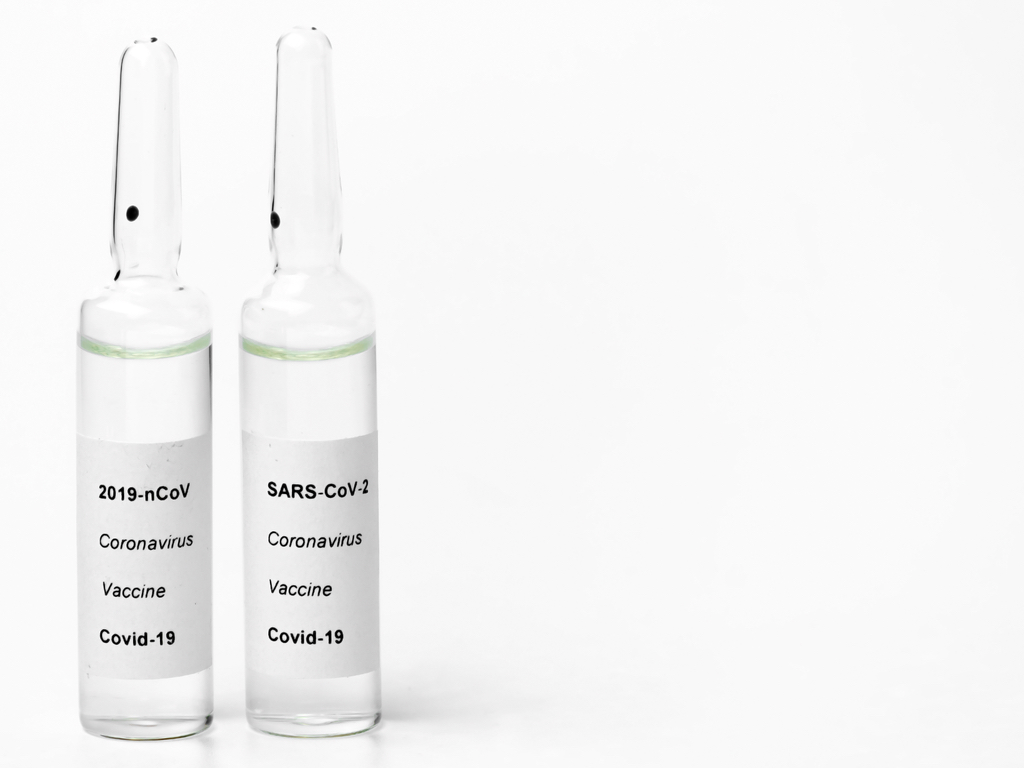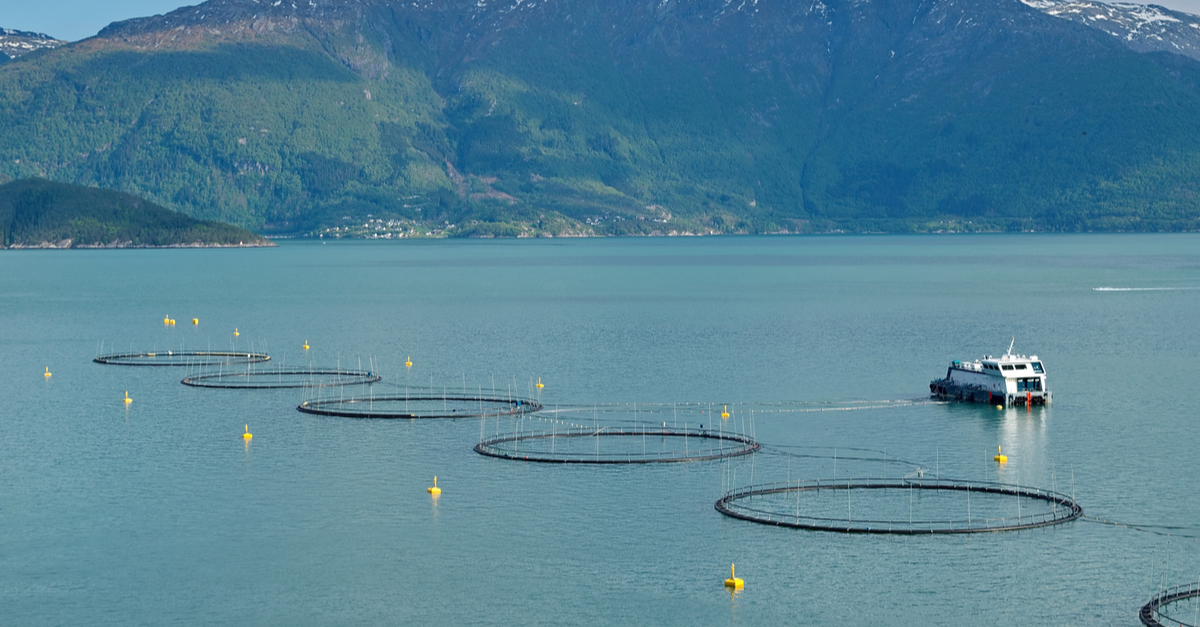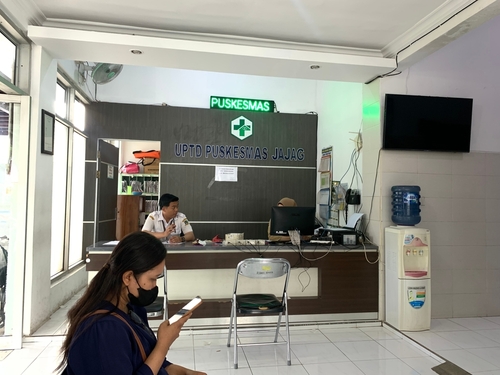December 21, 2020

COVID-19
Vaccinating more people now by delaying the second shot of the COVID-19 vaccine, could save more lives. CDDEP’s interactive tool shows how different vaccine scenarios affect the transmission of SARS-CoV-2; modeling suggests that vaccinating more individuals with first shots by delaying second shots, could save 20–30% more lives than administering two doses per individual in the winter. The caveat of these simulations is that the closer one gets to the peak of the winter surge, the less a vaccine can flatten the curve. In other words, the earlier the vaccine is distributed in the epidemic, the greater its impact on flattening the curve. Across the US, the number of positive cases has increased from around 40,000 a day in August and September to almost 100,000 by the end of October and more than 200,000 a day in the first weeks of December. Yet, the next couple of months are likely to see even higher case numbers, unless we dramatically reduce the spread. While social distancing and face masks can slow transmission, they are not enough. A COVID-19 vaccine distributed in the near term, even if only 50% effective, would be far more effective than the slower distribution of a 90% effective vaccine. [CDDEP]
Phylogenetic analysis of SARS-CoV-2 in Boston highlights the impact of superspreading events. Viral sequencing and analysis of 772 nasopharyngeal swabs positive for SARS-CoV-2 in the Boston area revealed that a small number of virus variants led to the majority of the cases, highlighting the role of superspreading events in shaping the course of the pandemic. A superspreading event in a skilled nursing facility led to rapid transmission within the facility and contributed to significant mortality, though it had little broader spread. Another superspreading event in an international business conference produced sustained community transmission and was exported regionally and internationally. Because SARS-CoV-2 viruses circulating at the conference were marked by distinct genomic signatures, the researchers were able to trace descendants of the virus and observed its large impact on the local outbreak in the Boston area, as well as, regionally and internationally. Considering the genetic diversity of the virus in the two events, the authors hypothesized that superspreading events could vary in their transmission dynamics. Findings from the study support previous evidence from contact tracing studies, and highlight the role of genomic epidemiology in gaining a better understanding of the link between individual clusters and wider community spread. [Science]
Assessment of German Public Attitudes Toward Health Communications With Varying Degrees of Scientific Uncertainty Regarding COVID-19. During the pandemic, leaders may avoid conveying scientific uncertainty, fearing it will cause mistrust and misinformation among the public. However, this lack of communication may cause citizens to distrust prevention measures. Researchers in Germany conducted a survey in July 2020 in which they showed respondents different pandemic scenarios based on real-world numbers (hospitalizations, reproduction number, etc.) expressed with differing degrees of uncertainty. Respondents then rated which form of communication they would prefer the government to use and which form would encourage them to comply with prevention measures. Of the 2011 participants, 32.3% preferred the scenario with the highest uncertainty, 24.9% chose the scenario denying uncertainty, 21.9% chose the scenario expressing only verbal uncertainty, and 21.1% chose the scenario that did not mention uncertainty. Results were statistically significant when comparing the highest uncertainty scenario with each of the others. The authors concluded that communicating uncertainty in a rapidly changing pandemic can foster more trust and compliance with containment strategies. [JAMA]
Psycho-social factors associated with the nationwide lockdown in India during COVID- 19 pandemic. Many studies have reported negative mental health effects caused by the pandemic and subsequent lockdown measures. This study aimed to investigate the psychosocial factors associated with COVID-19 and the nationwide lockdown in India in an effort to identify locations needing special attention with regards to maintaining hope and optimism during the crisis. The 20-item online survey was administered in English to participants in April 2020 with representation from all Indian states and union territories. Results indicated that people who worried about their family’s health were likely to follow lockdown measures (p<0.001), and those who followed lockdown measures were likely to approve of the government’s strategy against the pandemic (p<0.001). Spatial analysis was inconclusive for 6/8 aggregated measures (Moran’s I<0.2). Results indicated that people in the state of Tripura were less likely to follow lockdown measures and were unsatisfied with the government’s response. Study limitations included less participation from areas and populations lacking internet access and excluding individuals without English literacy. [Clinical Epidemiology and Global Health]
Factors Associated with Positive SARS-CoV-2 Test Results in Outpatient Health Facilities and Emergency Departments Among Children and Adolescents Aged <18 Years — Mississippi, September–November 2020. Children and adolescents under 18 years of age have accounted for 10.2% of COVID-19 cases reported in the United States. To better understand the risk factors associated with SARS-CoV-2 transmission, the CDC conducted a study on 397 children and adolescents in Mississippi. They compared the responses to a survey on social behavior between a population that tested positive for SARS-CoV-2 after an RT-PCR test (case-patients), and a population that tested negative (control). Key results were that case-patients were more likely to have had close contact within the last two weeks with either a family member or classmate that tested positive or were more likely to have attended a social gathering or child gathering in the previous two-weeks. [CDC, MMWR]
Drug Resistance and Global Health
Global trends in antimicrobial use in aquaculture. As the consumption of food grows globally, there is an increased demand for food production. One important sector in food production, which has outpaced most other animal production sectors, is aquaculture, or fish farming. With aquaculture, high demand has led to increasingly intensive production methods, which have become less reliant on maintaining standards. In particular, antimicrobials (AM) may be used to produce higher yields, but at the expense of accelerating antimicrobial resistance. This study analyzed the global consumption of AMs in aquaculture. In 2017, the consumption of AM from aquaculture was 79% greater than human consumption. Furthermore, global AM consumption was projected to increase by 33% between the years 2017 to 2030. Although the projections include large uncertainty due to lack of point prevalence data, the majority of the projected growth was estimated to come from smaller, emergent contributors to aquaculture. Acknowledging the fast-growing nature of aquaculture as an important source of animal nutrition globally, the authors concluded that their findings highlight the urgent need for enhanced antimicrobial stewardship in a high-growth industry with broad links to water and ecosystem health. [Nature]
Social, cultural, and economic aspects of antimicrobial resistance. In an editorial letter to the WHO Bulletin, experts emphasized that the multi-faceted problem of antimicrobial resistance would require greater engagement and collaboration of the full range of social sciences. Though often considered only a medical problem, antimicrobial resistance (AMR) represents an evolutionary challenge accelerated by social, cultural, and economic factors that lead to the misuse, overuse, and abuse of life-saving antimicrobial medicines. Obstacles to address antimicrobial resistance include inequitable access to effective antimicrobials, inadequate sanitation and hygiene infrastructure, disincentives for appropriate use of existing antimicrobials, and insufficient incentive for innovation in developing new antimicrobials. Overcoming these obstacles would require insights and evidence from the social sciences, encompassing a broad variety of disciplines. To encourage collaboration and to address this challenge, the experts have created the International Network for Antimicrobial Resistance Social Science (INAMRSS), an open consortium of social science researchers focused on addressing the global challenge of AMR. [WHO Bulletin]
Effect of once-weekly azithromycin vs placebo in children with HIV-associated chronic lung disease – The BREATHE randomized clinical trial. Studies have shown that approximately 30% of perinatally HIV-infected older children and adolescents have HIV-associated chronic lung disease (HCLD), likely unresponsive to antiretroviral therapy (ART). Lack of evidence base to guide management of childhood HCLD often results in presumptive treatment for tuberculosis. A double-blind, placebo-controlled, randomized clinical trial (BREATHE) conducted between 2016 and 2019 in Malawi and Zimbabwe involving 347 individuals (174 in the treatment group and 173 in the placebo group), investigated whether prophylactic azithromycin is effective in ameliorating lung function in children with HCLD taking ART. The study revealed no effect on lung function, however, it showed a reduction in the rate of acute respiratory exacerbations (ARE); the rate of AREs was 12.1 events per 100 person-years in the azithromycin group and 24.7 events per 100 person-years in the placebo groups (HR, 0.50; 95% CI, 0.27 to 0.93; P = .03). While the number of hospitalizations was lower in the azithromycin group as compared to placebo, the difference was not significant. The authors concluded that additional studies need to identify patient groups who would benefit most from this intervention and optimize treatment in order to reduce the risk of antimicrobial resistance. [JAMA Network Open]
Practice- and individual-level antibiotic prescribing associated with antibiotic treatment non-response in respiratory tract infections: a national retrospective observational study. Researchers in Australia conducted a national retrospective study to quantify the independent contributions of practice- and individual patient-level antibiotic prescribing to antibiotic treatment non-response in respiratory tract infections (RTIs) in primary care. Of 84 597 RTI episodes with antibiotics prescribed in 558 practices, treatment non-response was observed in 6.6% episodes. Patients with four or more antibiotic prescriptions per year had an increased risk of treatment non-response, as compared to patients without any prescriptions (OR = 1.64, 95% CI 1.52 to1.77). At the practice level, no significant association between total antibiotic prescriptions per patient and treatment non-response was found; however, in practices with high broad- to narrow-spectrum antibiotic ratios and among patients with less than four antibiotic prescriptions/year, there was an increased risk of treatment non-response episodes as compared to practices with low ratios (OR = 1.14, 95% CI = 1.05–1.23). The authors concluded by suggesting that a measure of practice-level broad-spectrum antibiotic prescribing could potentially act as an important indicator for antibiotic resistance in clinical practice. [Journal of Antimicrobial Chemotherapy]
Mapping routine measles vaccination in low- and middle-income countries. Despite the existence of a safe and highly effective (93%) measles vaccine, an estimated 17,767,037 new global cases and 83,439 deaths in children under 5 years old were reported alone in 2017. Researchers generated annual estimates of routine childhood MCV1 coverage from 2000 to 2019 in 101 LMICs, and quantified geographical inequality, and assessed vaccination status by geographical remoteness. The study showed a decline in progress towards reducing sub-national inequalities in several LMIC; while increases in coverage were seen in 70.5% (95%CI 66.0 to 75.4%) of the districts in 2000-2010, only 40.1% (95% CI 34.2 to 46.9%) experienced an increase in 2010-2019. The three districts with the lowest measles vaccine coverage in 2000 were located in Ethiopia and Nigeria, whereas the three lowest-coverage districts in 2019 were located in Afghanistan. The authors concluded that their findings could be used by decision-makers to identify places with poor coverage and advocate for strong, sustainable immunization programs, especially in light of the current COVID-19 related immunization disruptions. [Nature]
Photo: Shutterstock












